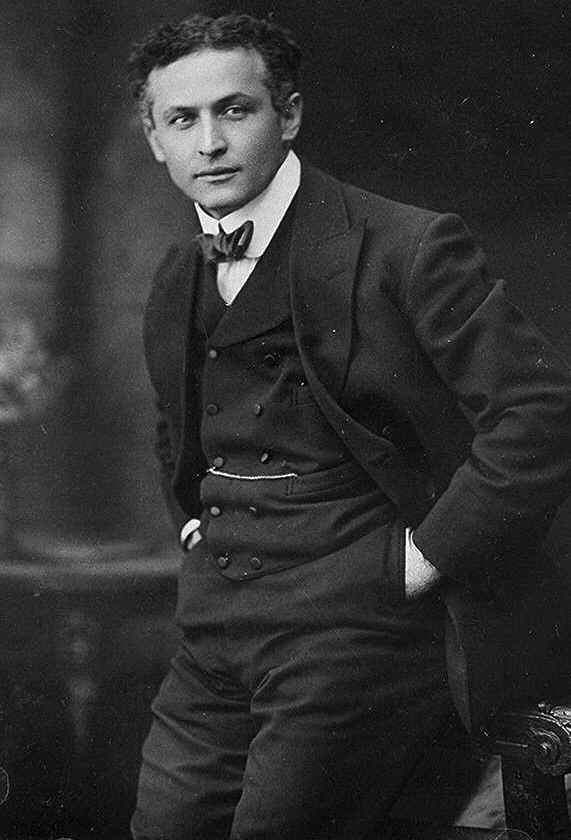

During the 17th century, many books were published that described magic tricks. It was created by Reginald Scot to stop people from being killed for witchcraft. One of the earliest known books to explain magic secrets, The Discoverie of Witchcraft, was published in 1584. The performance of tricks of illusion, or magical illusion, and the apparent workings and effects of such acts have often been referred to as "magic" and particularly as magic tricks. To the general public, successful acts of illusion could be perceived as if it were similar to a feat of magic supposed to have been able to be performed by the ancient magoi. Ritual acts of Persian priests came to be known as mageia, and then magika-which eventually came to mean any foreign, unorthodox, or illegitimate ritual practice. In ancient times, Greeks and Persians had been at war for centuries, and the Persian priests, called magosh in Persian, came to be known as magoi in Greek. The term "magic" etymologically derives from the Greek word mageia (μαγεία). Then, in decreasing order, Dai Vernon, David Copperfield, Harry Blackstone, Doug Henning, Tarbell, Cardini, Mark Wilson, Siegfried and Roy, and finally Thurston at number 10. According to the magician-culled list titled "Those Who Most Affected The Art in America," Houdini holds the first rank. The world's largest-selling publication for magicians, Magic magazine, curated a list of the "100 most influential magicians of the 20th century" to have contributed to the modern development of the art of magic. Magic retained its popularity in the television age, with magicians such as Paul Daniels, David Copperfield, Criss Angel, Doug Henning, Penn & Teller, David Blaine, and Derren Brown modernizing the art form. In the late 19th and early 20th centuries, magicians such as Maskelyne and Devant, Howard Thurston, Harry Kellar, and Harry Houdini achieved widespread commercial success during what has become known as "the Golden Age of Magic." During this period, performance magic became a staple of Broadway theatre, vaudeville, and music halls. Modern entertainment magic, as pioneered by 19th-century magician Jean-Eugène Robert-Houdin, has become a popular theatrical art form. It is one of the oldest performing arts in the world.

It is to be distinguished from paranormal magic which are effects claimed to be created through supernatural means. Magic, which encompasses the subgenres of illusion, stage magic, and close up magic, among others, is a performing art in which audiences are entertained by tricks, effects, or illusions of seemingly impossible feats, using natural means.


 0 kommentar(er)
0 kommentar(er)
